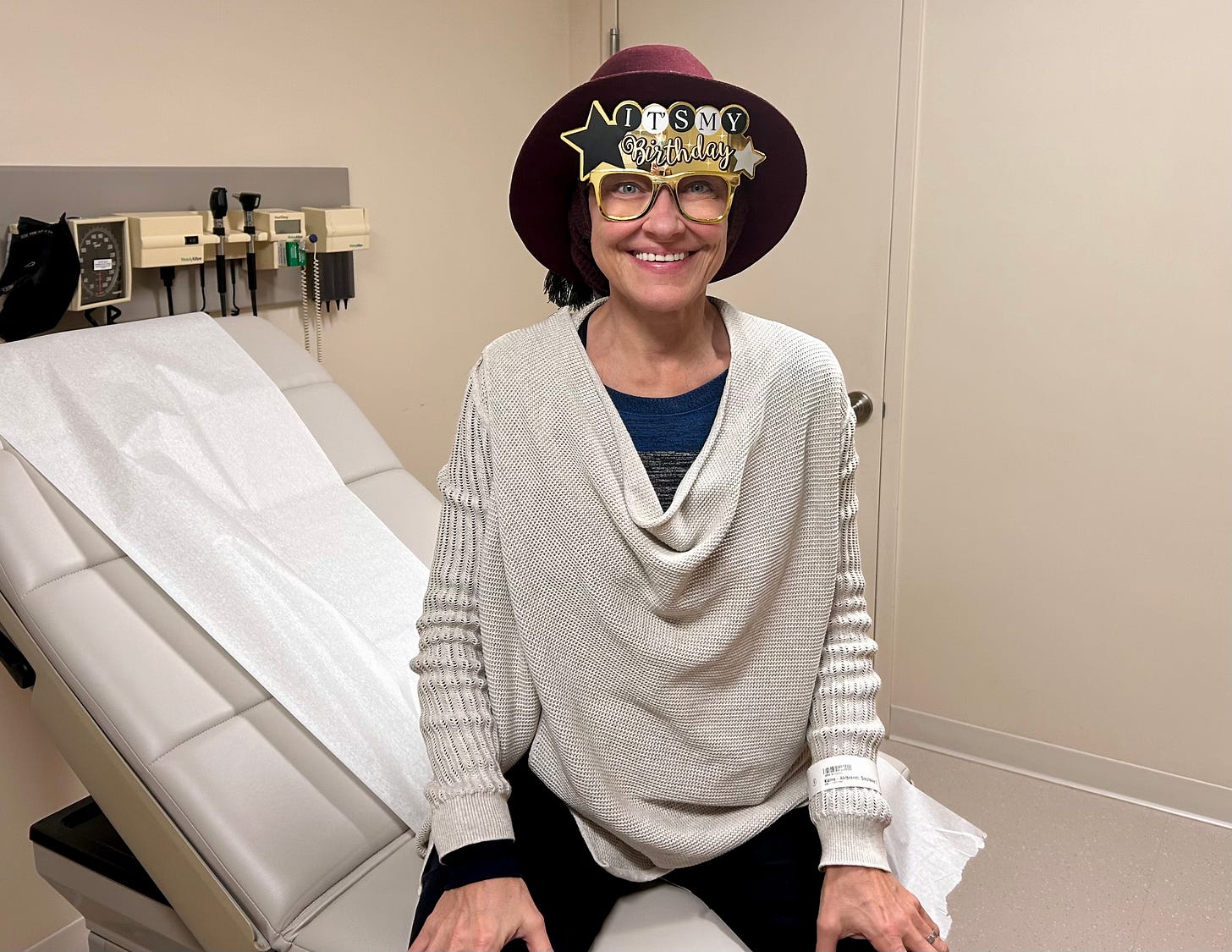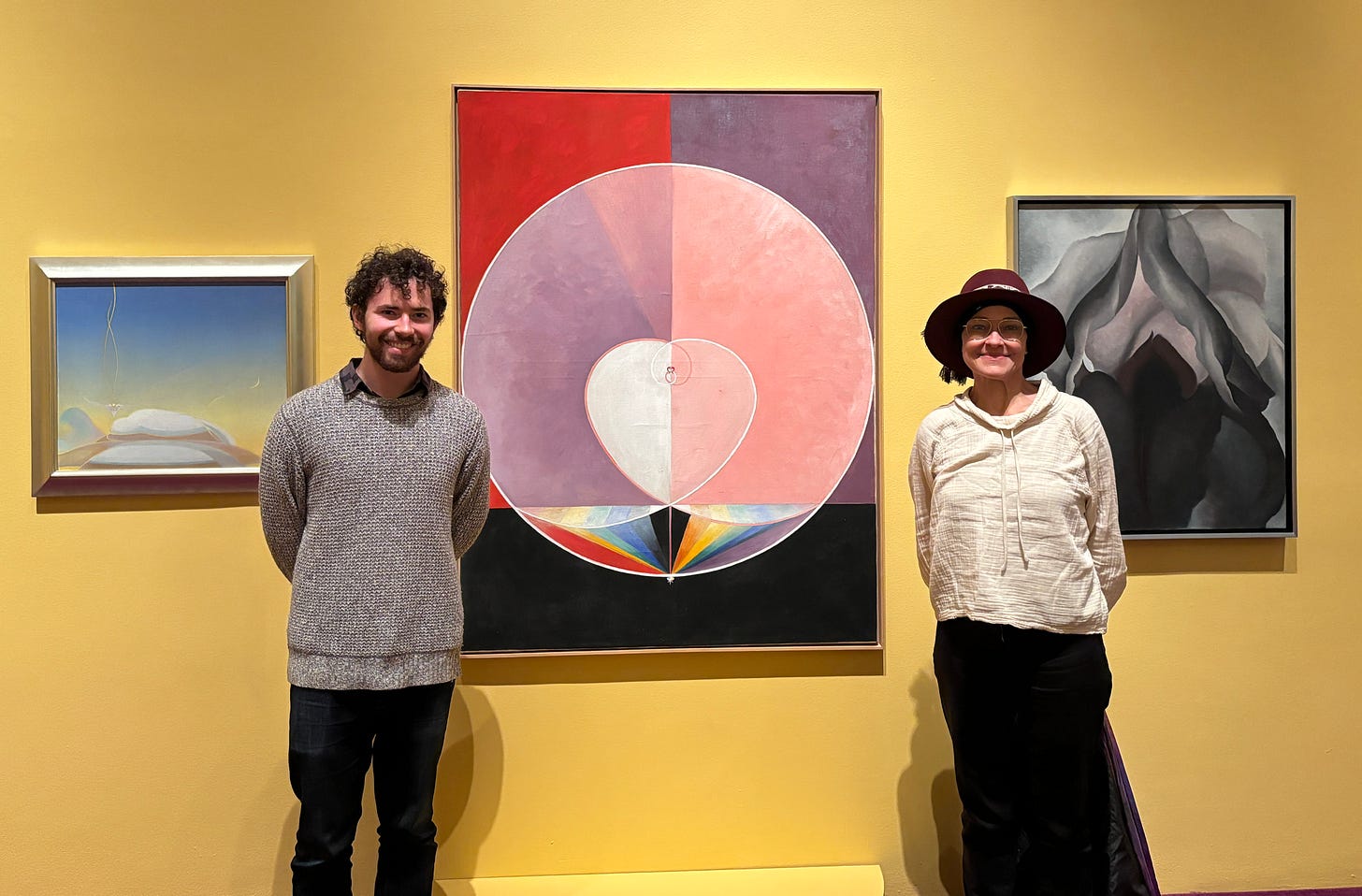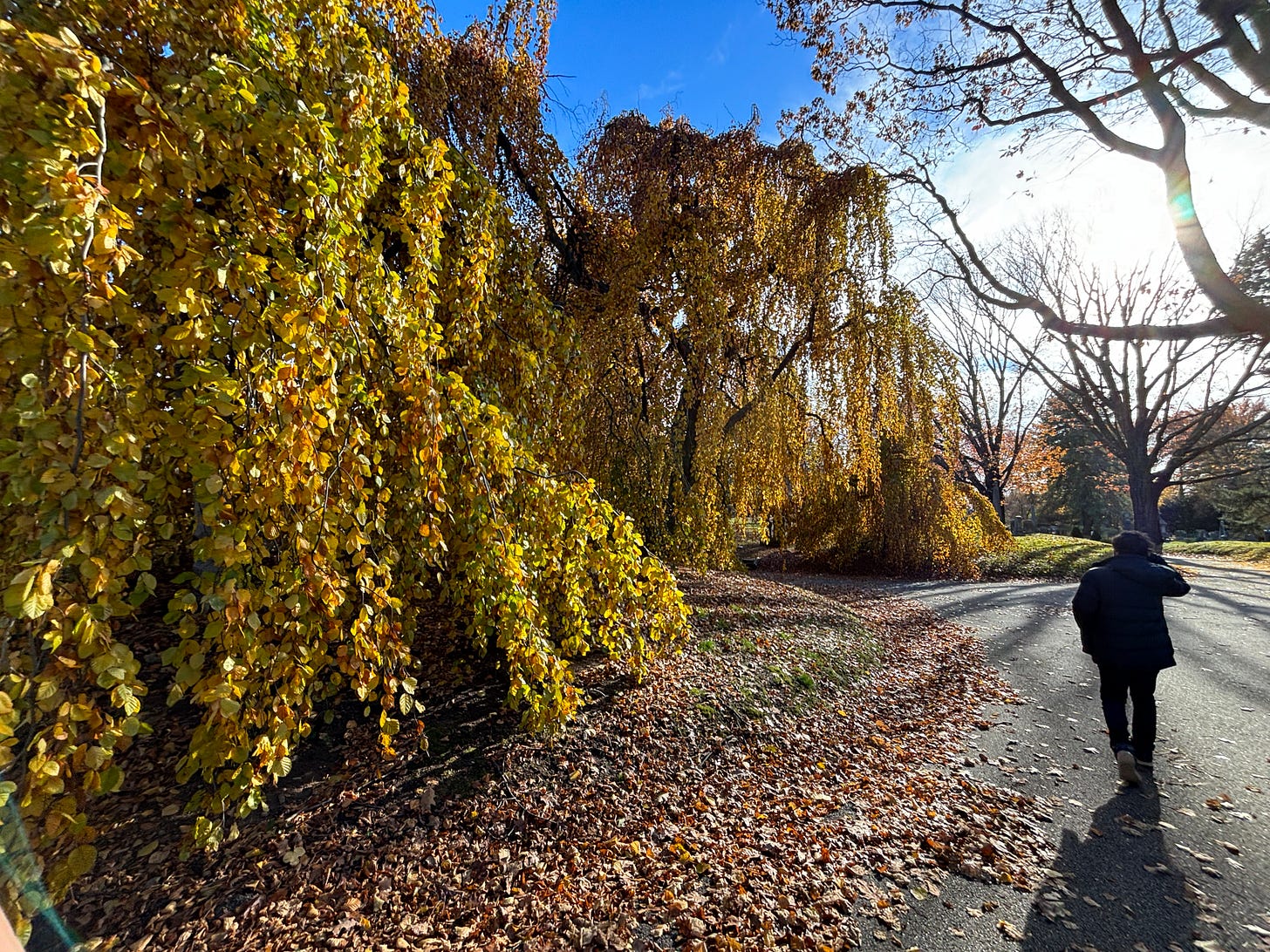Who Knows What Is Good and What Is Bad?
Birthday Surprises, Medical Whiplash, and the Wisdom of Letting Life Lead
On my birthday, a dear friend gave me a gift that felt like a soft hand on the heart: a personalized poem by Jacqueline Suskin, commissioned through her Substack. He had sent her a few reflections about me, and she returned them transformed—words spun into something luminous and intimate. (And yes, for those curious, you too can receive a custom poem from her. Highly recommended.)
Receiving this piece of poetry in such an uncertain moment meant more than I can say. Since my last post about a possible new liver tumor, I’ve been flooded with messages—notes of love, concern, solidarity—from across time zones and circles. I’m back here now sooner than expected because I want to share a new twist in the story—and to spare anyone even one unnecessary minute of worry.
As it turns out, my birthday included a surprise visit to the doctor’s office—because why not, right? But the surprise was not the kind I feared. In fact, it was the kind I could only call a gift. The suspicious growth noted in my CT scan? Not a tumor after all. It was inflammation—most likely the lingering aftermath of my radiation treatment in July. A case of Radiation-Induced Liver Injury, or RILI, as I’ve now learned. Not the catchiest acronym, but one I’ll take any day over “tumor progression.”
Of course, none of this changes the broader landscape. I still live with a partial blockage in my portal vein. The middle and left hepatic veins remain entirely closed. And I continue to walk with stage 4 bile duct cancer—alongside a liver tumor and affected lymph nodes.
But this has been my reality for over two years now. And still, I’m here.
I credit much of that to the conventional treatments that have kept me going—chemotherapy, radiation, targeted therapies. They’ve held the line, bought me time, and in many moments, even given me back pieces of my life. For that, I’m profoundly grateful.
The ability to stay on my current treatment feels like a quiet, monumental victory. With so few effective options for this kind of cancer, every treatment comes with a paradox: the longer it works, the closer I get to the end of the line—where options vanish altogether. The goal, as always, is to hold that day at bay. But my deeper aim is something else entirely: to protect the quality of life I love. And in that equation, choosing the right treatment becomes everything.
After last week’s CT scan, I had started preparing for a pivot—toward a clinical trial nine hours away, widely regarded as the best available path forward. But it would’ve required time, travel, energy—resources that feel more precious with each passing season. And there were no guarantees.
Given all that, being able to continue with what’s working now offers not just relief—it offers a kind of spaciousness. A little more time to be here, in this life I’ve fought to shape with intention. A little more breath between the hard decisions.
And so, after canceling our Thanksgiving plans in California and navigating a whirlwind of a week, these past few days in New York with Adrian—who flew back with me—and our beloved circle felt like a much-needed reset. As so often happens, the unexpected ended up holding the richest gifts.
Instead of meeting a new medical team, we wandered through the Judy Chicago exhibit at the New Museum (superb). Rather than sorting prescriptions, we decorated the Christmas tree, lit the menorah, and arranged the altar. In place of procedures and paperwork, we got swept into two luminous films—Miyazaki’s The Boy and the Heron and Alexander Payne’s The Holdovers (both deeply recommended). And Gutenberg: The Musical had us laughing until our faces hurt.
There were no hospital visits, only slow walks through our favorite neighborhoods and vintage shops that bypass Black Friday altogether. We savored familiar meals in familiar places. And instead of consulting with my death doula, we strolled through Green-Wood Cemetery on a crisp afternoon—an oddly beautiful way to mark Thanksgiving.
We even attempted, as we do each year, to help deliver meals to homebound New Yorkers—but arrived to find every last one already spoken for. A small disappointment, quickly eclipsed by joy. What better failure than being outpaced by kindness?
(Side note for fellow New Yorkers: New York Cares offers amazing volunteer opportunities in every borough, every day. Adrian and I have shared many sweet memories through their projects over the years.)
This past week has gently, and at times forcefully, reminded me of a few essential truths. Chief among them: change is not the exception—it is life’s most faithful companion. To live fully, I must learn, again and again, to meet each moment as it is, without clinging to a particular outcome or storyline.
Appearances can mislead. Certainty is a mirage. We humans live within wide margins of error, and still—we carry on. Approaching life with a beginner’s mind, willing to be surprised, willing to be wrong, has become not just helpful, but necessary.
And perhaps most importantly, I was reminded not to anchor myself solely in the pain of what’s hard or lost. Because even there—especially there—beauty can arrive quietly. Sometimes, if I’m paying attention, I’ll notice it: small, luminous, and unexpected, like delicate petals drifting down at my feet, forming an accidental carpet of color and grace.
This moment calls to mind the Taoist parable of “Who knows what is good and what is bad?” In our day-to-day lives, we’re quick to label experiences as either blessings or misfortunes—often based on preference, fear, or habit. But the Tao invites us to look deeper, to loosen our grip on judgment and make room for mystery.
The parable reminds us that without knowing the full arc of a story—even our own—we can’t truly say what something means. Even death, in its finality, sends ripples beyond what we can see. Life unfolds in ways we rarely predict, and meaning often reveals itself only in hindsight.
When we meet life with equanimity—with openness rather than resistance—we’re more able to find peace amid its shifting forms. We begin to cultivate harmony not because our circumstances are perfect, but because we’ve stopped insisting they should be.
As the old Taoist story goes—one I return to often:
When an old farmer’s stallion won a prize at a country show, his neighbor called round to congratulate him, but the old farmer said, “Who knows what is good and what is bad?”
The next day some thieves came and stole the valuable animal. When the neighbor came to commiserate with him, the old man replied, “Who knows what is good and what is bad?”
A few days later the spirited stallion escaped from the thieves and joined a herd of wild mares, leading them back to the farm. The neighbor called in to share the farmer’s joy, but the farmer responded, “Who knows what is good and what is bad?”
The following day, while trying to break in one of the mares, the farmer’s son got thrown and fractured his leg. The neighbor called to share the farmer’s sorrow, but the old man’s attitude remained the same as before.
The following week the army passed by, forcibly conscripting soldiers for the war, but they did not take the farmer’s son because he couldn’t walk. And the neighbor thought to himself, “Who knows what is good and what is bad?” realizing that the old farmer must be a Taoist sage.
These past days have reminded me that what first feels like misfortune may carry a blessing inside it, and that equanimity is a practice—one I return to over and over again.
I hope you, too, are finding ways to navigate the unexpected with grace, curiosity, and a little lightness.








What a gorgeous, evocative poem - it conjures so much of who you are, in sort of cubist, multi-angled fashion. Words would never do you justice, but these come damn close. Cheers to you and your amazing spirit.
So very grateful for this news, dear one. This, and the great photos of you & your beautiful son. Love you both so much!!!